An itinerary planning for a trip to Beijing in 2025 is a fantastic chance to experience the city where centuries-old history meets the new age. This guide will showcase the most reputable tours around Beijing with the main points of interest, famous historical places, and interesting undiscovered local places. The Great Wall, Forbidden City, and Summer Palace are just some other places included in the tours anf that make Beijing a wonder to behold in all of its different aspects. This article will provide the best routes to make the most out of a Beijing trip, whether you are a history buff, a wanderer, or simply need a genuine culture fix.
What are the must-visit attractions on Beijing tours?
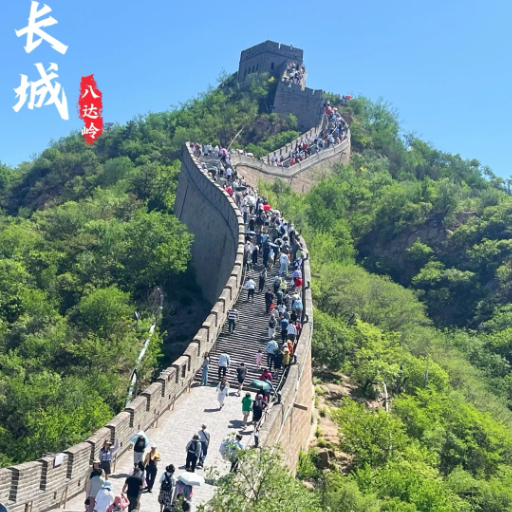
Comparing Different Sections of The Great Wall: Badaling vs. Mutianyu
Whichever of these two sections of the Great Wall you choose to visit, Mutianyu or Badaling, you will have distinct experiences based on your amenities and travel goals. Since Badaling is the most popular section, it is also the most frequently visited. This section is well-maintained, has modern features, and is relatively easy to reach from Beijing, making it suitable for first-timers and those looking for ease. However, fame comes at a cost as many visitors flock to Badaling, especially during peak seasons, resulting in an overcrowded area.
On the other hand, Mutianyu is famous for its scenic views, much lower tourist footfall than Badaling, and does not receive as much attention as it deserves. Mutianyu contains restored parts of the wall that are surrounded by forests, which enhances their overall beauty, allowing visitors to appreciate the view much more. Moreover, Mutianyu also offers a cable car and chairlift, which makes the section mom-friendly while losing some of Badling’s commercial flavor. In the end, both sides of the wall offer unique experiences to their visitors, with Badelining offering ease and history while Mutianyu provides natural beauty and tranquility.
Revealing the mysteries of the forbidden city
The Forbidden City’s former uses as the imperial palace of the Ming and Qing Dynasties renders it one of the world’s most significant architectural and cultural treasures. The construction of the Grand Palace started in 1406 and was completed in 1420. The complex consists of around one thousand structures that span over one hundred and eighty acres in central Beijing. Life in the palace complex follows a rigid cosmological order that focuses on harmony and balance. Significant elements of the Forbidden City include the Meridian Gate, Hall of Supreme Harmony, and the Palace of Heavenly Purity, which are best known for unmatched detailing and deep meaning behind the construction. The Forbidden City was a grand palace for the emperor and served as a civic and ceremonial centerpiece for centuries. Today, it is a museum with vast collections of art and historical pieces that offer a deep understanding of China’s imperial past.
Savoring the calm atmosphere of the Temple of Heaven
Beijing’s Temple of Heaven stands out as a remarkable piece of architecture and serves as one of the World Heritage Sites for UNESCO. This religious compound was initially constructed in the Ming 15th century and was where emperors used to conduct rituals yearly to guarantee good harvests. The Hall of Prayer for Good Harvests was the place’s main attraction, and it is a circular structure representing heaven. It is known for its breathtaking and intricate designs and being assembled without a single nail. The Temple of Heaven is surrounded by pine trees and enchanting gardens that represent the harmony between the building and nature spirits and showcase cultural and religious heritage.
How do you choose between private and group tours in Beijing?
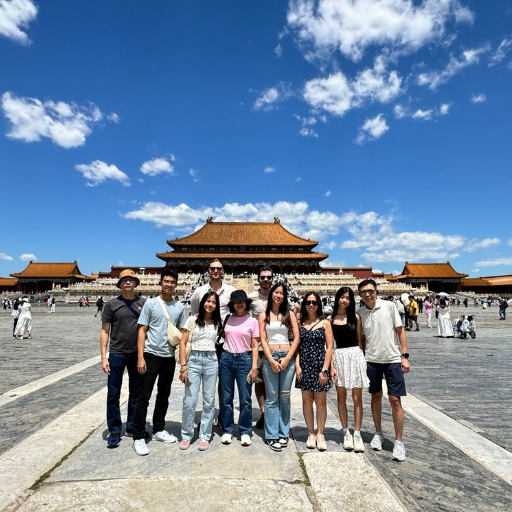
Advantages of Beijing private tours with a personal tour guide
Beijing’s private tours, which are serviced by a personal guide, allow travelers to have a more in-depth and flexible private tour of Beijing, as they can adjust the day tours according to their preferences and speed. Unlike group tours, private tours have the advantage of a full concentration of an experienced tour guide who sheds light on all the historical and cultural details of all the places visited. This form of hands-on approach encourages a better understanding of the Beijing landmarks. In addition, private tours tend to have comfortable transport services as well as fast-track entry to the major sites which saves time and enhances comfort. For those looking for a more detailed and personalized experience of the city, private tours are the perfect way to go.
Benefits of small group tour in Beijing
Small group tours in Beijing offer various features while promoting social interaction. Specialized tours ensue, and each group member gets adequate attention while feeling like part of the social group. Guides are available to assist travelers with regard to Beijing’s rich history and culture without overwhelming them. Moreover, small group tours focus on organized planning according to set objectives that include having agendas, skipping lines, and other practices for practical travel. Such tours also provide chances to meet people with similar interests for better cultural conversations and activities.
Comparison of tour cost and tour experiences of different groups
Small group tours tend to be enjoyable and economical at the same time. Small group tours offer better value than private tours, which are more expensive because they include personal guides and specific travel plans. However, large group tours are usually the most inexpensive, which is the major downside as these tours tend to lack flexibility and high-quality services. Besides spending more money on private tours, people also gain the advantage of getting highly customized services and much more attention from the guides, making the tours more interesting than small group tours of six to ten people. Small group tours are cost efficient, and provide the culture with interactions and engagements, thus most people prefer them.
What is the best time to visit Beijing for tours?

Beijing Attractions Seasonal Considerations
The ideal period to visit Beijing is spring and autumn, where the dates are pre-set for March to May and September to November, respectively. This is when outdoor activities are better, the weather is nice, and the skies are more apparent. In spring, the flowers bloom with butterflies flying around, bringing comfort, but autumn has its charm, with cool and enjoyable temperatures that allow one to enjoy the day. The other periods are not as ideal as summer, from June to August, which is exceptionally hot, humid, and very crowded, thanks to the holiday season. Winter from December to February is also cold but has its perks, which include the Great Wall all snowing up and fun activities like the Chinese New Year.
China’s Peak Tourism Seasons and How to Avoid The Fray
In China, significant holidays and vacation periods mark the peak tourist seasons. These include the Golden Week in early October, the Chinese New Year in late January or February, and the summer months of July and August. During these periods, most cities, key attractions, and even regions on the border become overcrowded, leading to a lot of congestion. Recommended tourist-friendly periods include late spring (April to June) and early fall (September), as the tourist levels are significantly lower during these months, and the weather is optimal. You can also avoid cruise ship-level crowds by scheduling your trip for early mornings or late afternoons. Notably, there are a lot of almost untouched attractions, so incorporating them into your travel plan will help you relish your trip even more. Also, during other months when demand is lower, it is still prudent to pre-book aspects of your trip.
Which Beijing day tours offer the most comprehensive experience?
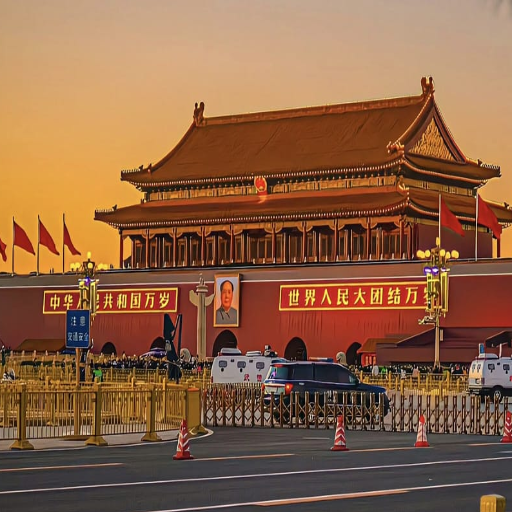
Integrating the hutongs with the Forbidden City and Tiananmen Square
A single-day tour that features the extensive hutongs, the Forbidden City, and Tiananmen Square provides insight into Chinese history, politics, and life in one’s city. The tour commences at the historically and politically significant Tiananmen Square. Entrance to the Forbidden City follows, an enormous and multi-varied imperial palace complex with sculptures and buildings spanning multiple Chinese artistic eras. The tour concludes with visits to the nearby hutongs–often narrow alleyways that allow one to peer into local life. Most tour companies provide narrated tours, private rides, and rickshaws through the hutongs to provide an excellent experience in just one day.
Combining trip options for the Great Wall and Summer Palace
A trip that includes the Great Wall and the Summer Palace is an efficient way to visit both landmark attractions. Guided tours usually provide travel service reaching sections of the Great Wall, such as Mutianyu or Badaling, both of which have upgraded walkways and impressive views. From there, tours move to the Summer Palace, a UNESCO World Heritage Site noted for its landscape features where Kunming Lake and Longevity Hill are set and the traditional Chinese garden aesthetic. Most packages also include round-trip travel, entrance fees, and expert guides, some of whom are available on a private or small group basis. It is recommended that students start their trip early so they can enjoy both attractions.
How do you plan the perfect Beijing itinerary for first-time visitors?
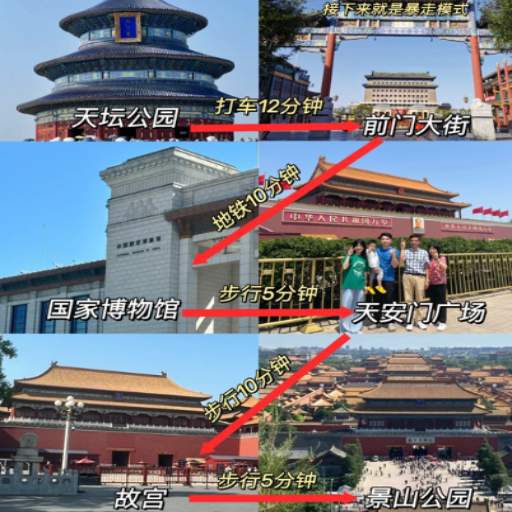
Suggestions for the 3-day Beijing Highlights Tour
- Day 1: Delving into Beijing’s Imperial Heritage
Commence your day at the historical and engrossing Tiananmen Square before moving on to the Forbidden City, the world’s most magnificent and best-preserved palace complex. You may want to spend a few hours here absorbing its vast history and intricate architecture. Ultimately, take a stroll to Jingshan Park and relax as you enjoy the breathtaking views of the Forbidden City. To cap your day, feast on delectable local cuisines, starting with the customary Peking duck at a well-known restaurant.
- Day 2: The Great Wall and the Summer Palace
Assure yourself to start the day early with a trip to the Great Wall of China. The Mutianyu or Badaling sections are equally recommended for their well-preserved pathways and breathtaking scenery. After a wholesome lunch, make your way to the Summer Palace, which is the pinnacle of the imperial garden. Don’t forget to appreciate the scenic spots of Kunming Lake and Longevity Hill, but please remember to take your time. You might want to consider taking a boat for a complete visual view of the beautiful landscape.
- Day 3: Contemporary Beijing Along With Cultural Assimilation
Spend the morning at the Temple of Heaven, a prominent site of spiritual activity in China. This is Ming-era architecture at its finest. Afterward, enjoy the cultural beauty of the Hutong rickshaw style. Wrap up your trip by heading to the 798 Art District, an area famed for its art and design in contemporary China. If not, head to Wangfujing Street to shop and eat.
Mastering the Combination of Historical Sites and Modern-Day Attractions in Beijing
Achieving the combination of historical sites and modern-day attractions in Beijing takes a degree of forward-thinking planning. In the mornings, visit Places of great historical value like the Forbidden City and Temple of Heaven to avoid the heavy crowds. Save the afternoons for the Hutong and 798 Art District or Sanlitun. Mixing traditional thoroughfare sightseeing with modern shopping areas creates an appeal of its own. This way, you can know and experience the opposing sides of the city.
What unique Beijing tour experiences shouldn’t be missed?
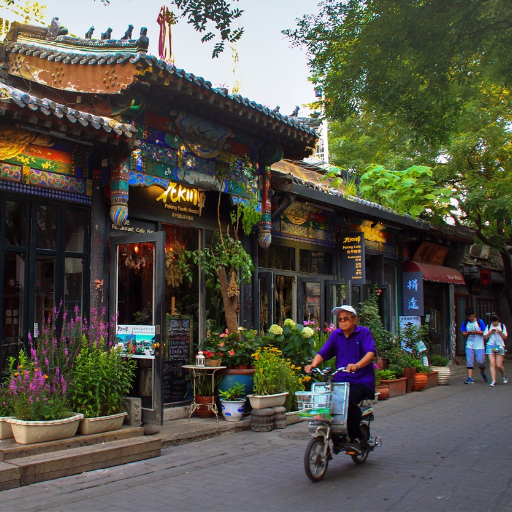
The Experience of Walking Tours in the Hutongs of Beijing
Walking through the hutongs of Beijing gives a real insight to the history and culture of the city. These are narrow by-lanes containing traditional courtyard residences that reflect the daily lifestyle and culture of the people of Beijing. Hutongs like Nanluoguxiang and Yandaixiejie feature modern bars, restaurants, crafters, and vendors selling food while keeping the place’s cultural history. Some organized tours also include visits to important areas such as the Drum and Bell Towers, which help learn the place’s history and allow the tourists to see the city from above. This experience aids in understanding the city’s fascinating history as it effortlessly merges with the modern-day urban beauty of Beijing.
Seeing the scenic Gubei Water Town
Gubei Water Town, located at Simatai Great Wall, is a breathtakingly preserved ancient town. It is full of history and possesses many scenic spots. Gubei Water Town has been aesthetically restored and resembles northern water towns with its canals, ancient buildings, and stone-paved roads. People can enjoy a boat ride, taste the local delicacies, and view exhibitions with ancient crafts. The town’s scenery changes completely after dark, with glowing pathways and the mighty Simatai Great Wall shining against the sky, which captivates tourists, creating an everlasting impression for those who seek calmness alongside rich culture.
Evening tours to experience Beijing’s illuminated landmarks
The evening tours in Beijing showcase the energic charm of the big city to visitors as the landmarks come to ‘life’ and shine against the dark background. Some of the most popular sites included are Tiananmen Square, the Forbidden City, the Olympic Park with the Bird’s Nest, and the Water Cube, which are lit up during the nightly show. Those regions offer superb views after dark with their wonders set in front of the eye, and neon lights as their backdrop. Specialized LED light systems integrate visibility enhancement with energy conservation, considering the brightness levels controlled to avoid light pollution.
As an example, the Bird’s Nest has RGB color changing LED flood lights that display vivid color combinations in harmony with the architectural structure. Synchronized lighting on Tiananmen Square emphasizes the magnificent space planning of the strong features, while an average figure of 50 lux helps to see while not spoiling the nighttime mood. In general terms, these tours run for two to three hours, and the best time for these tours is from sunset to 10 PM. Above rushing in, travelers may stroll the vivid stone jungle without bumping into too many pedestrians.
Reference sources
Frequently Asked Questions (FAQs)
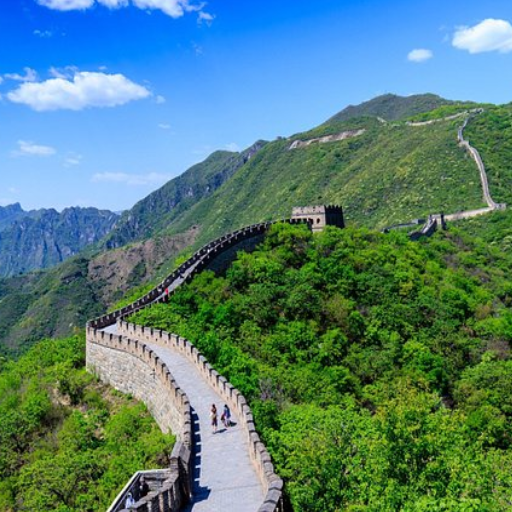
Q: What are the top 10 Beijing tours?
A: The top 10 Beijing tours typically include visits to the Mutianyu Great Wall, Forbidden City, Tiananmen Square, Summer Palace, Temple of Heaven, hutong areas, Lama Temple, Olympic Park, and Beijing Zoo. Many tour packages offer combinations of these attractions, with options for private guides or mini group tours.
Q: Is it better to visit the Mutianyu Great Wall or Badaling Great Wall?
A: While both sections are popular, many visitors prefer the Mutianyu Great Wall as it’s less crowded and offers beautiful scenery. It’s also more accessible for various fitness levels. However, Badaling is closer to Beijing and more developed. Your choice depends on your preferences and time constraints.
Q: What are some popular activities in Beijing?
A: Popular activities in Beijing include hiking the Great Wall, exploring hutongs, visiting the Forbidden City, watching a kung fu show, trying local cuisine, shopping at markets, and taking a day trip to the Summer Palace. Many tour packages offer these activities as part of their itineraries.
Q: How many days do I need to see the main sights in Beijing?
A: To see the main attractions in Beijing, you should plan for at least 3-4 full days. This allows time to visit the Forbidden City, Tiananmen Square, the Great Wall, Summer Palace, and explore some hutongs. If you want a more relaxed pace or to include additional activities, 5-7 days would be ideal.
Q: Are there any Beijing mini group tours available?
A: Yes, many tour operators offer Beijing mini group tours. These typically include small groups of 6-12 people and cover major attractions like the Mutianyu Great Wall, Forbidden City, and hutongs. Mini group tours offer a balance between the convenience of organized tours and the intimacy of smaller groups.
Q: Can I book a private all-inclusive day tour in Beijing?
A: Absolutely! Many companies offer private all-inclusive day tours in Beijing. These tours usually include a private guide, transportation, entrance fees, and sometimes meals. You can customize the itinerary to your preferences, whether you want to focus on the Forbidden City and Tiananmen Square or opt for a Great Wall hiking experience.
Q: How can I get from Beijing to Xi’an to see the Terracotta Warriors?
A: To get from Beijing to Xi’an, you have several options. The most convenient is taking a high-speed train from Beijing West Railway Station, which takes about 5-6 hours. Alternatively, you can fly, which takes about 2 hours. Many tour packages offer multi-city itineraries that include both Beijing and Xi’an, covering attractions like the Forbidden City and Terracotta Warriors.
Q: Are there any less crowded sections of the Great Wall to visit near Beijing?
A: Yes, for a less crowded Great Wall experience, consider visiting the Simatai section. It’s further from Beijing but offers stunning views and a more authentic experience. Jinshanling and Gubeikou are also less crowded alternatives. Some tour operators offer hiking tours to these sections for those seeking a more adventurous Great Wall experience.